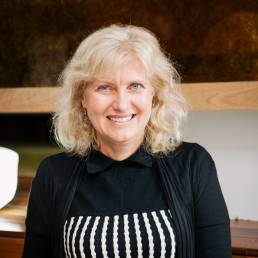These tips have been created to help healthcare professionals, as well as patients, cope more effectively with concerns during the unique challenges of COVID-19.
While a certain amount of worry is helpful – for example, anxiety can spur us to be sure to wash our hands frequently and thoroughly – too much anxiety can lead to increased distress, and a decreased ability to cope. The need for decreased social, in-person contact in the current crisis may exacerbate fears, as will pre-existing symptoms of clinical anxiety.
What is the difference between expected worry and clinical anxiety?
Worry involves dwelling on uncertain outcomes or things that could go wrong. It is useful – worry causes us to try to problem solve or take an action to reduce our worry. In the current coronavirus pandemic, being alert to maintaining physical distancing, washing hands, and following steps to reduce our risk of exposure to COVID-19 are positive outcomes of expected levels of worry.
Clinical anxiety involves heightened worry (e.g. dwelling on the worst possible outcomes) coupled with physical signs of increased stress – rapid heart rate, shallow breathing, a knot in the stomach. Clinical anxiety can lead to difficulties in making decisions, and difficulty functioning in everyday situations. Excess anxiety has also been shown to compromise the health of the immune system.
Clinical anxiety is often overlooked in older persons evaluated for health and emotional concerns. While worry is not uncommon in the current environment, both patients and healthcare workers should be alert to new instances of, or a reoccurrence of, symptoms of clinical anxiety.
Assessing for clinical anxiety is the first step in effective treatment. The Geriatric Anxiety Inventory, created at UQ by Professors Nancy Pachana and Gerard Byrne, is a tool especially designed to detect significant levels of clinical anxiety in older persons.

Professor Nancy Pachana
Professor Nancy Pachana is a world renowned clinical geropsychologist in the School of Psychology at The University of Queensland.